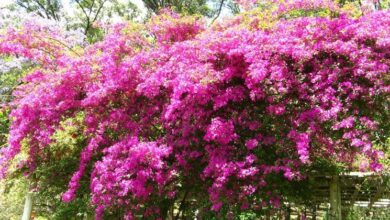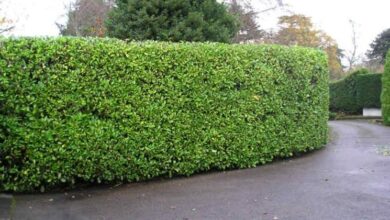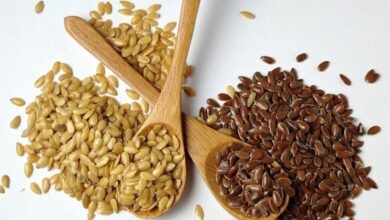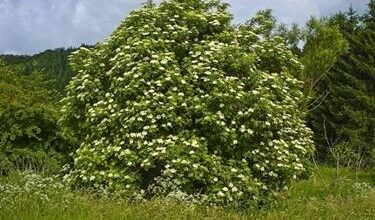Helleborus orientalis
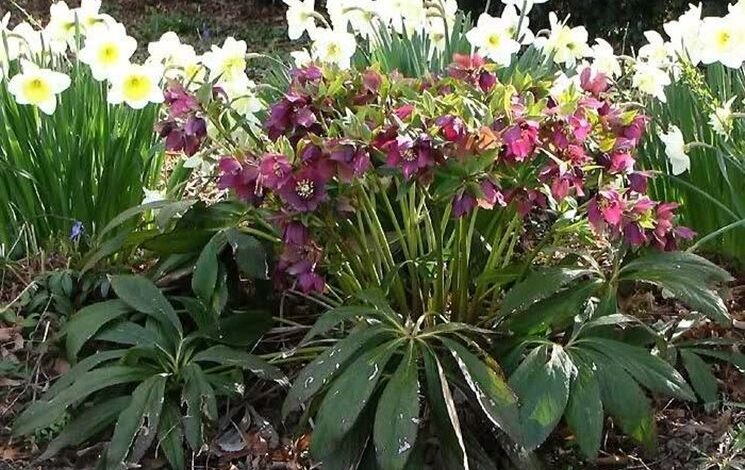
Characteristics Helleborus orientalis
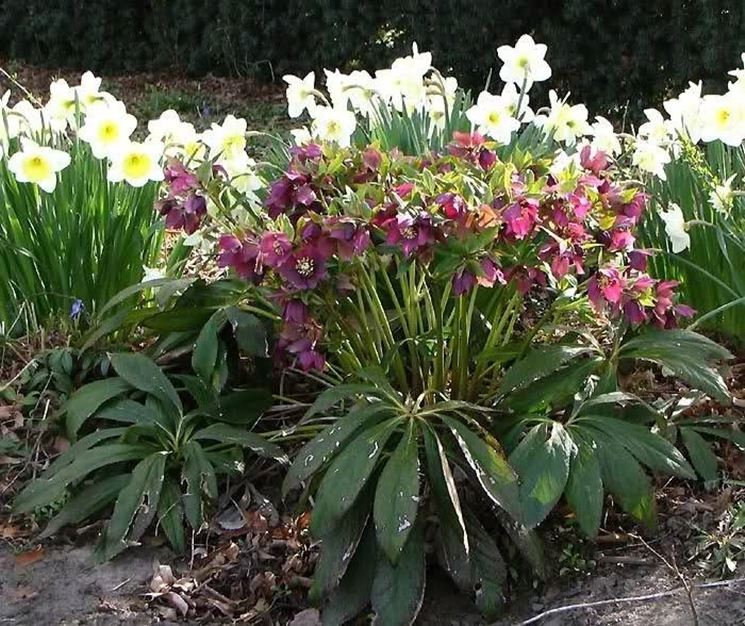
Helleborus orientalis cultivation
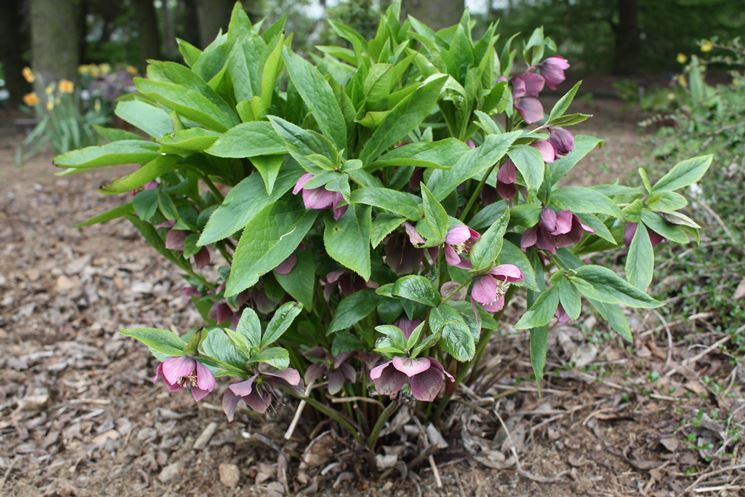
Helleborus orientalis should be planted in areas of partial shade or complete shade, in the event that it is a very hot area. The foot of the plant must remain hidden, in the shade, only the aerial part must remain in the sun. In this way the root system does not suffer the summer drought and always enjoys a fresh and humid soil. In this regard, watering must be regular from March to October and sporadic in the winter months, the important thing is that the soil is always humid because the helleborus fears the lack of water. In any case, a position sheltered from the wind that could damage the plant is advisable. Hellebores adapt to any garden soil, lightened by pumice stone and enriched with manure or granular fertilizer. The important thing is that it is fertile and alkaline and not acidic.
Helleborus orientalis the flower
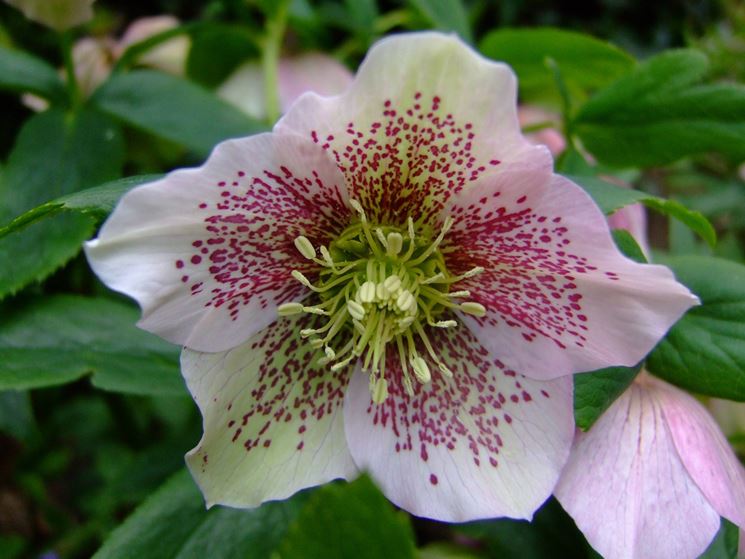
The flowers of helleborus orientalis are very particular and some varieties resemble roses. They have very large and colorful petals, pink, white, red or purple in various shades. Large green or yellow pistils emerge from inside the flower; due to its beauty and the length of its stem, the hellebore flower is also used as a cut flower for a vase or even a bouquet, or as a decoration during the Christmas holidays, the period of its growth. However, we must be careful: precisely because the helleborus orientalis blooms in the winter months, the flowers can often be damaged by bad weather. To prevent this from happening, the flowers must be removed when they are still in bud and with the petals all intact. In the garden they can be grown in small flower beds or in bushes,
Helleborus orientalis multiplication and uses
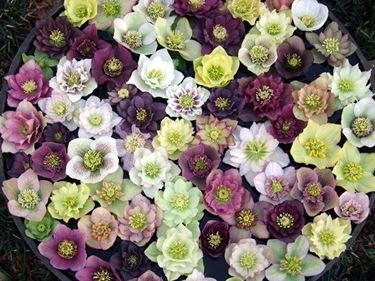
The multiplication of helleborus orientalis occurs by seed in early spring. However, it is a plant with a fairly slow development, so if young seedlings are planted or if sown it will be necessary to wait at least two years before seeing the first beautiful flowers appear. In autumn, the tufts of an adult plant can be divided, removing small portions with roots, which can be planted immediately. Hellebores are often subject to bacteriosis, a pathology that can ruin them, so you need to act in time with a good fungicide product. More rarely they are affected by aphids and scale insects. All parts of helleborus contain alkaloid substances that make it toxic for humans and animals: these are irritating compounds if applied locally, but cardiotonic if ingested. The properties of this plant have always been used in herbal medicine to create cardiotonic products and even purgative products. When cutting the flowers it is advisable to use gloves so as not to irritate the skin; for animals there are no dangers, the plant has an unpleasant smell and taste, so they will not eat it.

